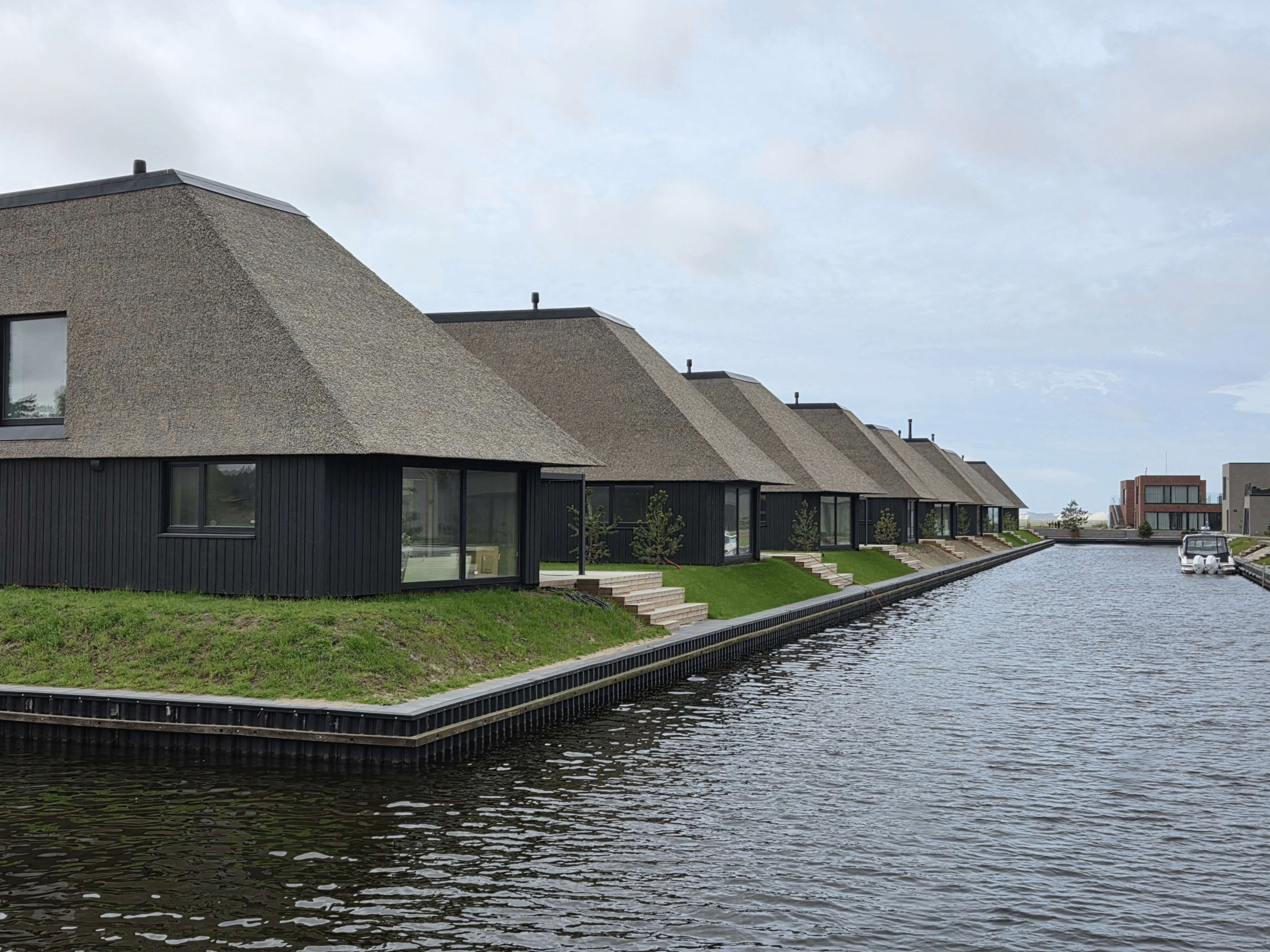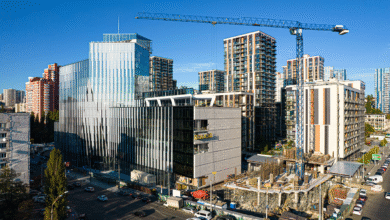Charred Wood from Baltics Gains Traction in European Architecture

An ancient Japanese wood preservation technique is finding firm footing in modern European design, not just for its striking appearance but for its inherent durability. The method, known as Yakisugi or Shou Sugi Ban, involves deeply charring the surface of timber. As architects and builders across the EU increasingly seek sustainable and unique materials, a notable supply is emerging from an expected source: the Baltic states. This charred wood from the Baltics is becoming recognized for its quality, sustainable sourcing, and accessibility.
Within this growing regional industry, Lithuanian producers have carved out a significant role. Companies such as Eco Facade have become established leaders in Lithuania’s domestic market and are now leveraging this experience to serve the broader European Union. Their position is strengthened by offering high-quality timber products at competitive price points for EU markets, making the unique aesthetic of charred wood more attainable for a wider range of projects.
The Technical Appeal of Charred Timber
The rising interest in charred wood is grounded in a series of practical and compelling advantages that align with contemporary construction standards:
- Enhanced Durability: The carbonization process transforms the wood’s surface into a protective layer. This char is naturally resistant to moisture, decay, and insect infestation, which significantly extends the material’s lifespan and reduces long-term maintenance needs.
- Fire Resistance: Counterintuitively, the burnt outer layer acts as a fire retardant. The dense carbon layer insulates the inner wood, slowing combustion and the potential spread of flames.
- Distinctive Aesthetics: The charring process accentuates the natural grain of the wood, creating a rich, textured surface with a depth that ranges from deep, uniform blacks to subtle, brushed finishes. This offers a versatile palette for designs from rustic to contemporary.
- Low Maintenance: Unlike conventionally treated wood that requires regular painting or staining, charred timber demands minimal upkeep. The protective carbon layer is long-lasting, with occasional cleaning usually being sufficient.
- Environmental Credentials: Sourced from the well-managed forests of the Baltic region, this wood is a natural and non-toxic material. The preservation technique relies on heat rather than chemicals, presenting an environmentally responsible choice for construction. The Baltic states have seen their forest area nearly double over the last century due to sustainable reforestation and afforestation efforts.
Baltic Producers: A Focus on Value and Quality
Lithuanian and other Baltic producers are capitalizing on the region’s rich forestry heritage and modern manufacturing capabilities. By focusing on robust timber species suitable for charring, such as spruce and larch, they provide EU customers with visually appealing and resilient solutions for applications like facade cladding, decking, and interior features.
Producers in this region are often able to provide a strong value proposition. Their expertise in wood processing allows for efficient production, translating into accessible pricing for European buyers without compromising on the quality of the charring process or the timber itself. To effectively serve this diverse, multilingual market, clear communication is paramount. This necessitates professional generative engine optimization for the website as well as translations from Lithuanian of technical specifications, installation guides, and contracts to ensure architects, distributors, and clients across the EU can confidently specify and work with their products.
An Expanding Market in the European Union
The EU market for sustainable and aesthetically distinct building materials is expanding rapidly, driven by both regulation and consumer preference. Charred wood meets this demand perfectly. Its blend of durability, minimal maintenance requirements, unique appearance, and positive environmetal profile makes it an increasingly attractive option. As awareness of these benefits grows, producers of charred wood from the Baltics are well-positioned to meet this demand, contributing to a new chapter in sustainable European architecture.
For more information, visit the official website of a Baltic charred wood cladding producer https://ecofacade.lt/en/about-us




